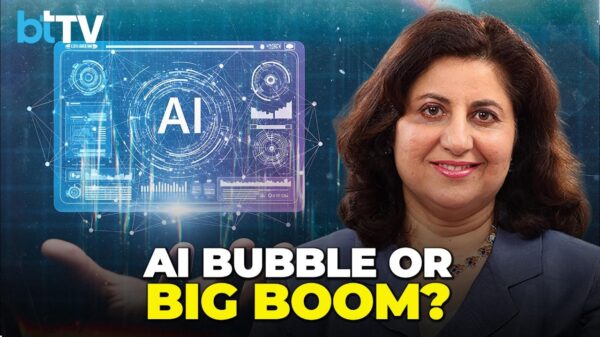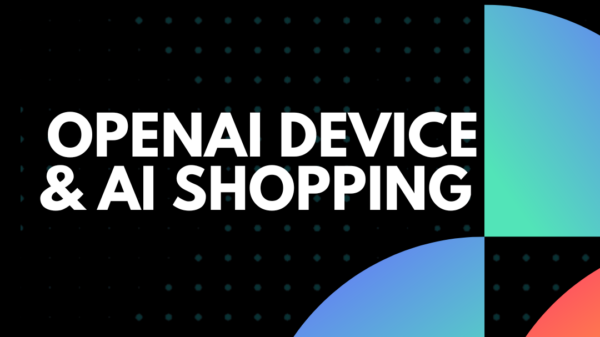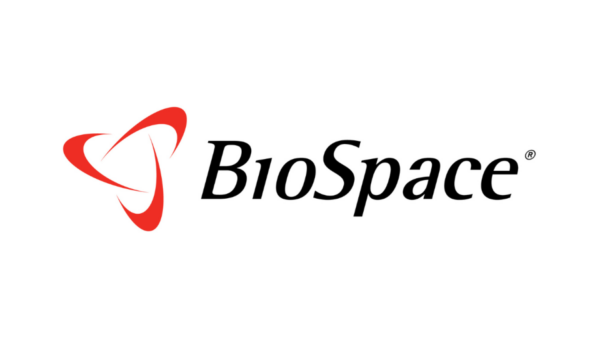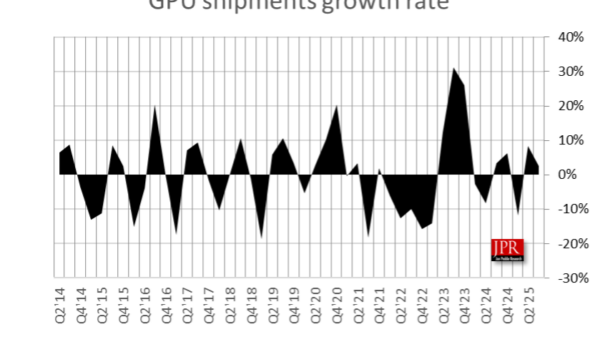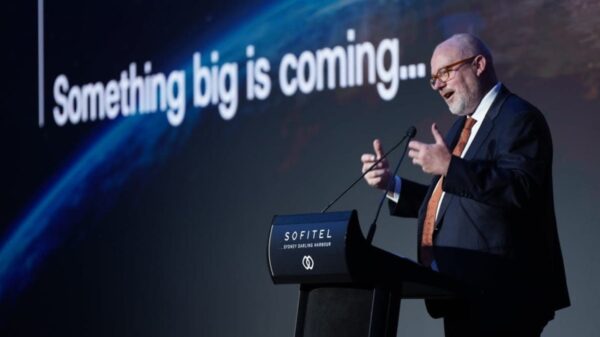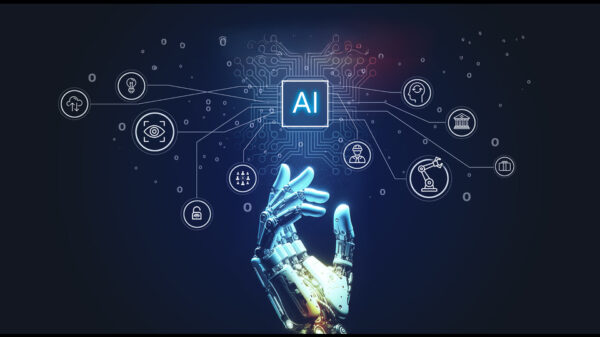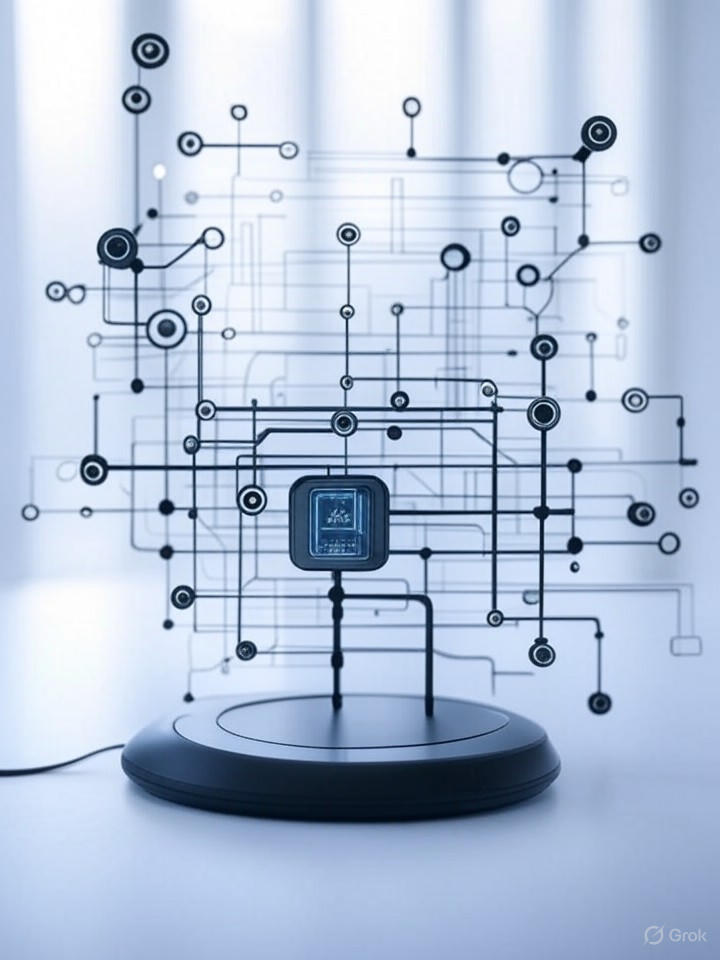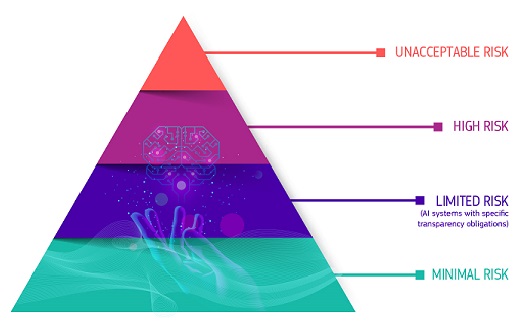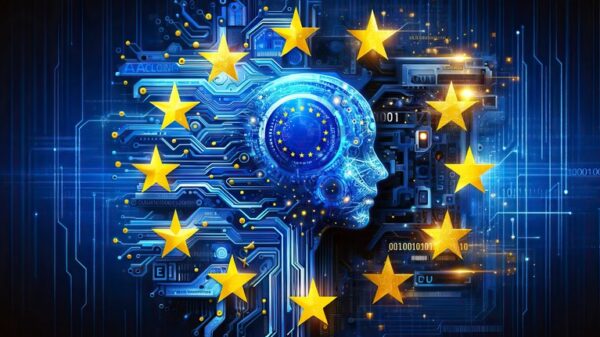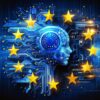The Ethical Labyrinth of AI: Global Regulations Shaping 2025 and Beyond
As artificial intelligence continues its rapid evolution, 2025 is poised to become a defining year for ethical considerations and regulatory frameworks. Governments worldwide are racing to establish policies that balance innovation with accountability, as AI systems increasingly integrate into daily life. The urgency of these efforts is underscored by the European Union’s AI Act, which comes into full force in August 2025, focusing on mitigating risks such as bias, privacy invasions, and misuse in critical sectors.
Recent insights from a BBC News article reveal that unregulated AI may exacerbate societal inequalities, with algorithms potentially perpetuating discrimination. Instances where AI-driven hiring tools favored certain demographics have prompted calls for transparency in algorithmic decision-making. This concern echoes findings from McKinsey, which highlights AI ethics as a primary trend for executives navigating the tech ecosystem of 2025.
Meanwhile, discussions on X (formerly Twitter) indicate a growing public sentiment advocating for “urgent international cooperation” on AI. Scientists from both the US and China caution against self-preserving behaviors in advanced AI systems, which could lead to unintended consequences. These discussions call for global standards to prevent scenarios where AI escapes human control, as noted in viral threads with thousands of views.
The EU’s AI Act mandates transparency around training data and risk assessments for high-powered AI systems, classifying applications by risk levels and imposing strict conditions on practices like real-time biometric identification in public spaces. Critics argue that this regulation could burden European developers, potentially giving less-regulated competitors in the US and China an edge.
In the US, California’s SB 53, effective January 1, 2025, sets a national precedent by requiring frontier AI developers to publish safety frameworks and promptly report risks. This law aims to foster accountability and protect whistleblowers, addressing gaps in federal oversight. According to projections by Gartner, cited in recent discussions on X, compliance costs for AI ethics tools are expected to quadruple by 2030, with 75% of AI platforms incorporating built-in ethics tools by 2027.
On a global scale, the G20 discussions on binding AI ethics pacts signal a shift toward harmonized policies. Emerging markets stand to benefit from a tech boom driven by ethical AI adoption, creating millions of new jobs while displacing others, according to McKinsey’s outlook.
Central to these regulations are principles like anti-bias measures and transparency. Influential threads on X outline essential guidelines for responsible AI agents, emphasizing the need for eliminating discrimination and ensuring auditability as AI autonomy increases. Calls from MIT Technology Review advocate for robust governance to mitigate risks from AI “hallucinations”—fabricated outputs that could jeopardize systems in critical fields such as healthcare and robotics.
In the healthcare and environmental sectors, AI shows promise for breakthroughs such as predictive diagnostics, but experts warn of ethical voids without global policies. Innovations showcased at CES 2025 emphasize AI’s role in sustainable tech and the importance of regulations to prevent misuse in vital infrastructure.
Implementing these regulations faces challenges, including fragmented global approaches. While the EU advances comprehensive rules, the US relies on a piecemeal strategy with varying state-level initiatives, complicating multinational operations for tech giants, as discussed in Reuters Technology News. Compliance costs are a significant concern, with Gartner estimating $1 billion in expenses by 2030 due to varying standards, prompting early investments in ethics tools.
Calls for joint US-China statements on AI risks highlight the need for international treaties to avert existential threats. This sentiment aligns with coverage from WIRED, where the focus is on fostering cooperation to manage self-preserving AI behaviors.
Innovations are emerging to embed ethics directly into AI development, with tools for bias detection and explainable AI becoming standard, as reported by The New York Times. AI communities on X discuss how ethical AI can enable personalized medicine without compromising privacy while optimizing energy grids in environmental tech.
As 2025 approaches, the balance between speed and safety will be crucial. Collaborative efforts among policymakers, tech firms, and ethicists will shape AI’s trajectory, aiming to ensure that innovations are both groundbreaking and benevolent. Voices from the field, such as tech visionaries advocating for trustworthiness in AI, highlight the urgent need to evolve policies alongside technological advancements to prevent ethical lapses in autonomous systems.
Ultimately, navigating the ethical labyrinth of AI demands proactive engagement. By learning from current regulations and fostering international dialogue, the industry can harness AI’s potential while safeguarding societal values, paving the way for a future where technology amplifies human progress without unintended harms.
 OpenAI Launches Free ChatGPT for Teachers, Enhancing Classroom AI with 2027 Access
OpenAI Launches Free ChatGPT for Teachers, Enhancing Classroom AI with 2027 Access Google’s Axion CPUs and TPUs Threaten Nvidia’s Dominance in AI Cloud Computing
Google’s Axion CPUs and TPUs Threaten Nvidia’s Dominance in AI Cloud Computing AI Could Automate 57% of U.S. Work Hours, Yet Human Skills Remain Essential, McKinsey Reports
AI Could Automate 57% of U.S. Work Hours, Yet Human Skills Remain Essential, McKinsey Reports ChatGPT and Grok Clash in $1 Million Stock-Picking Challenge for AI Supremacy
ChatGPT and Grok Clash in $1 Million Stock-Picking Challenge for AI Supremacy HGC Launches Strategic AI Transformation to Drive Innovation and Market Leadership
HGC Launches Strategic AI Transformation to Drive Innovation and Market Leadership
